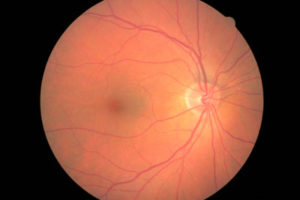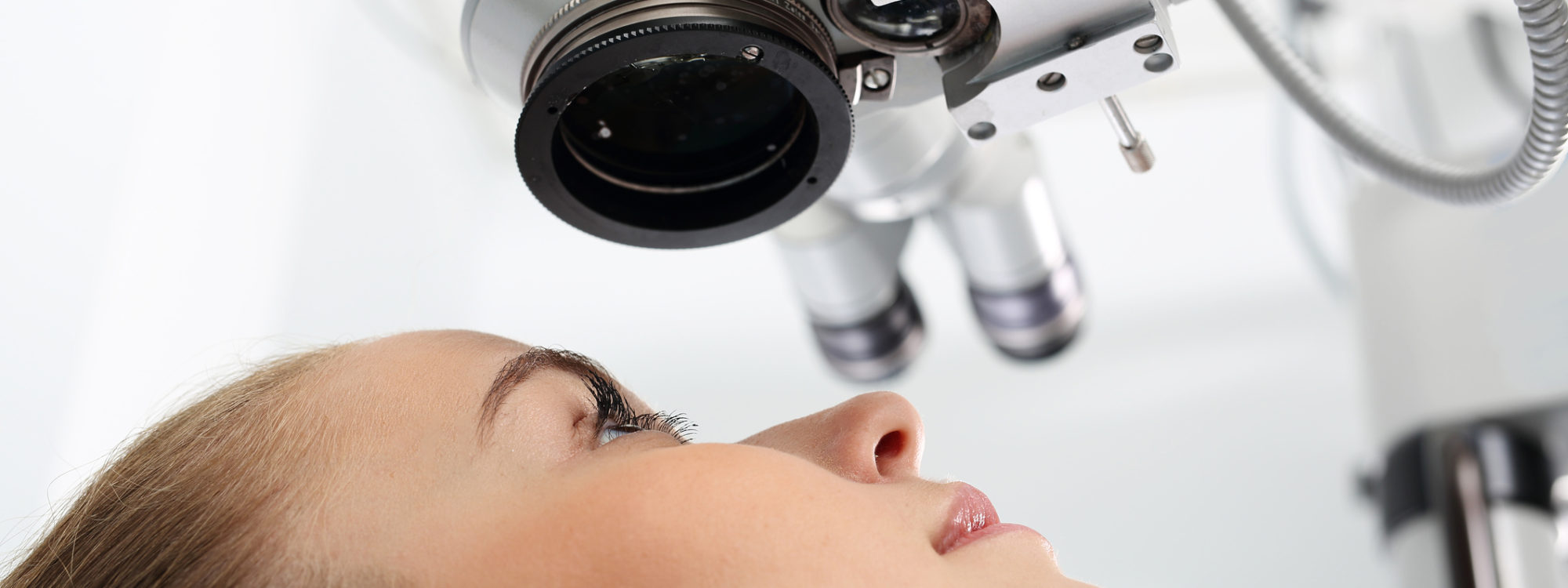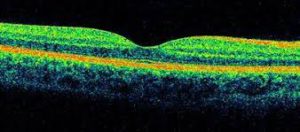At Kanata Optometry Centre we have the latest in diagnostic technology to give you the most comprehensive eye examination.
These technologies include:
AUTOMATED PRE-TEST TECHNOLOGY
These are diagnostic tests done before your visit with the doctor.
- Non-contact tonometry
- Auto lensometry reading of your glasses prescriptions
- Auto keratometry/refraction
THE LATEST IN DIAGNOSTIC TECHNOLOGY
- Pachymetry – a measure of corneal thickness
- Automated visual field analysis
- Digital retinal photography
- Optical coherence tomography
WHAT IS DIGITAL RETINAL IMAGING? 
Today Digital Retinal Imaging is an improved technology in which your doctor can take high-resolution digital photographs of the interior portion of your eye called the retina.
The colour photograph, taken by means of a specialized retinal camera, shows detailed images of the various structures of the retina including the optic nerve, blood vessels, nerve fibre layer, and the macula. It can show abnormalities that may threaten normal vision. It is a quick, safe and painless procedure and the instrument never touches the eye.
This new technology can greatly aid your doctor’s ability to accurately diagnose and document many diseases including diabetic eye disease, glaucoma and macular degeneration. It also provides a baseline for comparison with previous and future visits, which aids in monitoring normal healthy eyes and those with disease.
WHAT IS OPTICAL COHERENCE TOMOGRAPHY?
OCT is a high resolution, non-invasive imaging test that uses light waves to take direct cross-sectional images of the retina, optic nerve, cornea and anterior chamber angle. It is a quick, safe and painless procedure and the instrument never touches the eye. Direct cross-sectional images enable your doctor to look directly at a “cutaway” view of the layers of the retina and optic nerve and accurately measure their characteristics. Other machines like digital retinal cameras show the surface of these structures, but the OCT shows your doctor what is below the surface.


